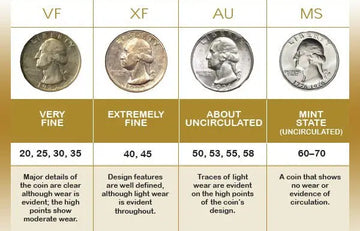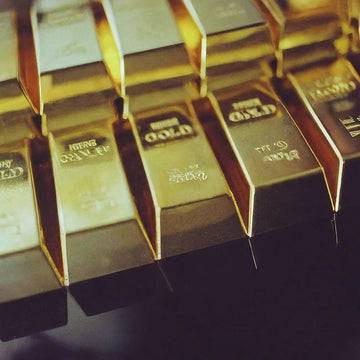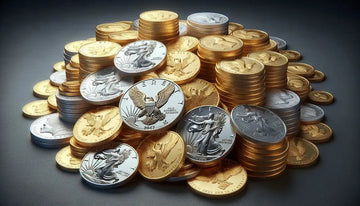Coin grading is a crucial aspect of the numismatic world. It provides collectors, investors, and enthusiasts with a standardized system to assess a coin's condition and determine its market value. Whether you're a beginner or a seasoned collector, understanding the process of grading coins is essential for making informed decisions. In this comprehensive guide, we'll walk you through the step-by-step process of coin grading, shed light on the importance of professional grading services, and delve into key grading criteria that impact a coin's overall grade and value.
Importance of Professional Coin Grading Services:
Professional coin grading services play a vital role in the numismatic industry. These third-party organizations employ expert graders who assess coins impartially, ensuring consistent and accurate grading. By submitting your coins to a reputable grading service, you gain an objective evaluation and a trusted opinion on your coin's condition.
Step-by-Step Process of Coin Grading:
- Authentication: The first step in coin grading is authenticating the coin. Graders examine the coin's metal composition, weight, diameter, and overall design elements to determine its authenticity.
- Visual Inspection: Graders thoroughly inspect the coin's surfaces under proper lighting and magnification. They look for any signs of wear, damage, cleaning, or alterations that may affect its grade.
- Determining the Grade: Graders assign a grade to the coin based on its overall condition, using a scale ranging from poor to perfect. Factors such as wear, luster, strike quality, and eye appeal contribute to the final grade.
- Encapsulation: Once the coin is graded, it is encapsulated in a tamper-evident holder that protects it from further damage and preserves its grade and certification information.
Key Grading Criteria:
Understanding the key grading criteria helps interpret a coin's grade and value accurately. Here are some essential factors considered during the grading process:
- Wear: Graders assess the amount of wear on a coin's high points, such as the design's details and lettering. Less wear generally results in a higher grade.
- Luster: Luster refers to the coin's original shine or luster, often described as cartwheel, frosty, or proof-like. Strong luster enhances a coin's appeal and value.
- Strike Quality: The quality of the coin's strike refers to how well the design details are impressed on the coin. Sharp, well-defined features contribute to a higher grade.
- Surface Preservation: Graders carefully examine a coin for any signs of damage, such as scratches, dents, or spots. Coins with minimal surface imperfections receive higher grades.
Interpreting Coin Grading Labels:
Coin grading labels contain important information that helps buyers and sellers understand a graded coin's characteristics. These labels typically include the coin's grade, the grading service's name, the certification number, and sometimes additional details like variety attribution or special designations.
Grading Services and Market Acceptance:
Not all grading services are equal in terms of reputation and market acceptance. It's crucial to choose a trusted and widely recognized grading service when submitting your coins for grading. Popular grading services include Professional Coin Grading Service (PCGS), Numismatic Guaranty Corporation (NGC), and American Numismatic Association Certification Service (ANACS).
Conclusion:
Understanding the process of grading coins is invaluable for collectors and investors alike.





